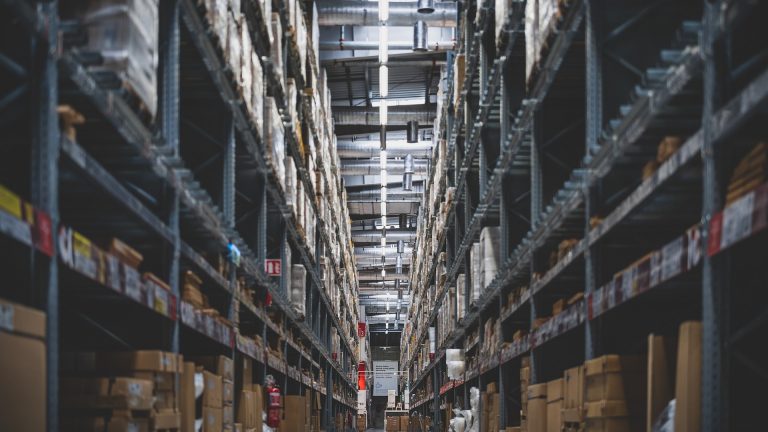A prefab warehouse, also known as a pre-engineered building, has become increasingly popular due to its cost-effectiveness, ease of construction, and flexibility. This comprehensive guide will walk you through building prefab warehouses from start to finish.
Planning and Design
The first step in building a prefab warehouse is planning and design. This involves selecting the size and shape of your building, the type of materials you will use, and the placement of doors, windows, and other features.
It is important to carefully consider the intended use of the building and specific needs or requirements that may need to be addressed. For example, a warehouse storing sensitive materials may require special insulation or ventilation systems.
In addition to the design of the building itself, it is important to consider the site where the building will be constructed. This includes determining the optimal location on the property, evaluating the soil quality and drainage, and obtaining necessary permits or approvals from local authorities. It is also great to ensure that the building complies with relevant building codes or zoning regulations.
Site Preparation
Site preparation is the next step in building a prefab warehouse. This involves clearing the land, leveling the ground, and ensuring that the site is free of potential hazards or obstructions. It is important to carefully evaluate the site to identify potential issues that may need to be addressed, such as unstable soil or underground utilities.
It is also important to ensure that the site has proper drainage and that the building is constructed in a location that will minimize the risk of flooding or other weather-related damage. Depending on the location and intended use of the building, it may be necessary to install additional features, such as drainage ditches or retaining walls.
Foundation and Installation
The foundation is a crucial component of a building, and it is especially important in the case of prefab warehouses. There are several types of foundation options available for prefab buildings, including slab-on-grade, pier and beam, and perimeter foundation.
Each option has advantages and disadvantages, so selecting the one that best suits your needs and budget is important.
After the foundation is in place, the next step is to install the prefab components of your building. This includes the framing, roofing, and siding. The components are typically designed to fit together easily, which makes for a quick and efficient installation process.
Electrical and Plumbing
Once the main components of your prefab warehouse are in place, it is time to install the electrical and plumbing systems. This includes wiring the building for electricity and installing necessary plumbing fixtures, such as sinks and toilets. Therefore, working with a licensed electrician and plumber is crucial to ensure that these systems are installed safely and according to code.
Finishing Touches
The final step in building your prefab warehouse is to add the finishing touches. This includes painting, installing flooring, and adding final fixtures or features. You may also want to consider adding insulation to improve the energy efficiency of your building.
Building a prefab warehouse requires careful planning, site preparation, foundation and installation, electrical and plumbing, and finishing touches.
With the right team and resources, constructing a prefab warehouse can be a cost-effective and efficient way to create a functional and durable building. If you are considering building a prefab warehouse, work with a reputable supplier and builder to ensure that your building meets your needs and expectations.

